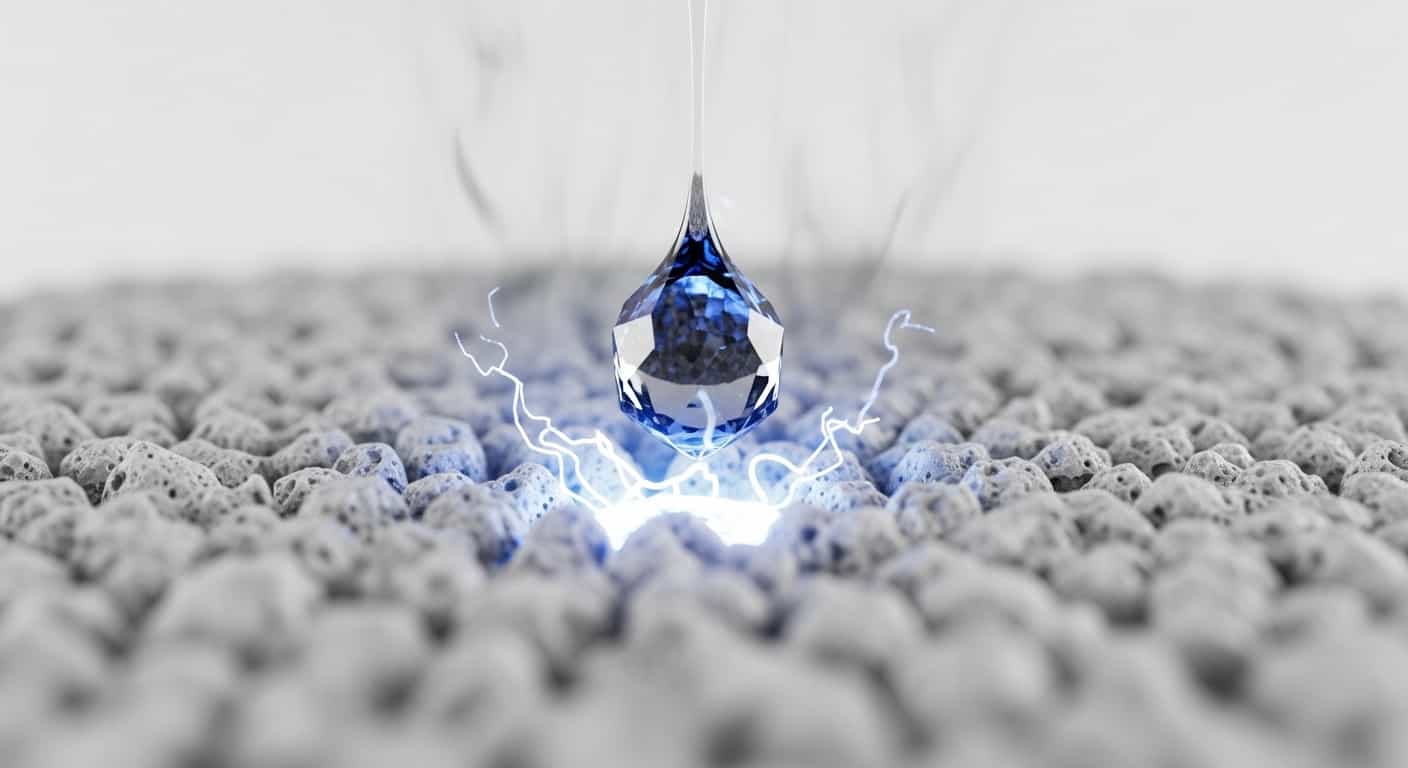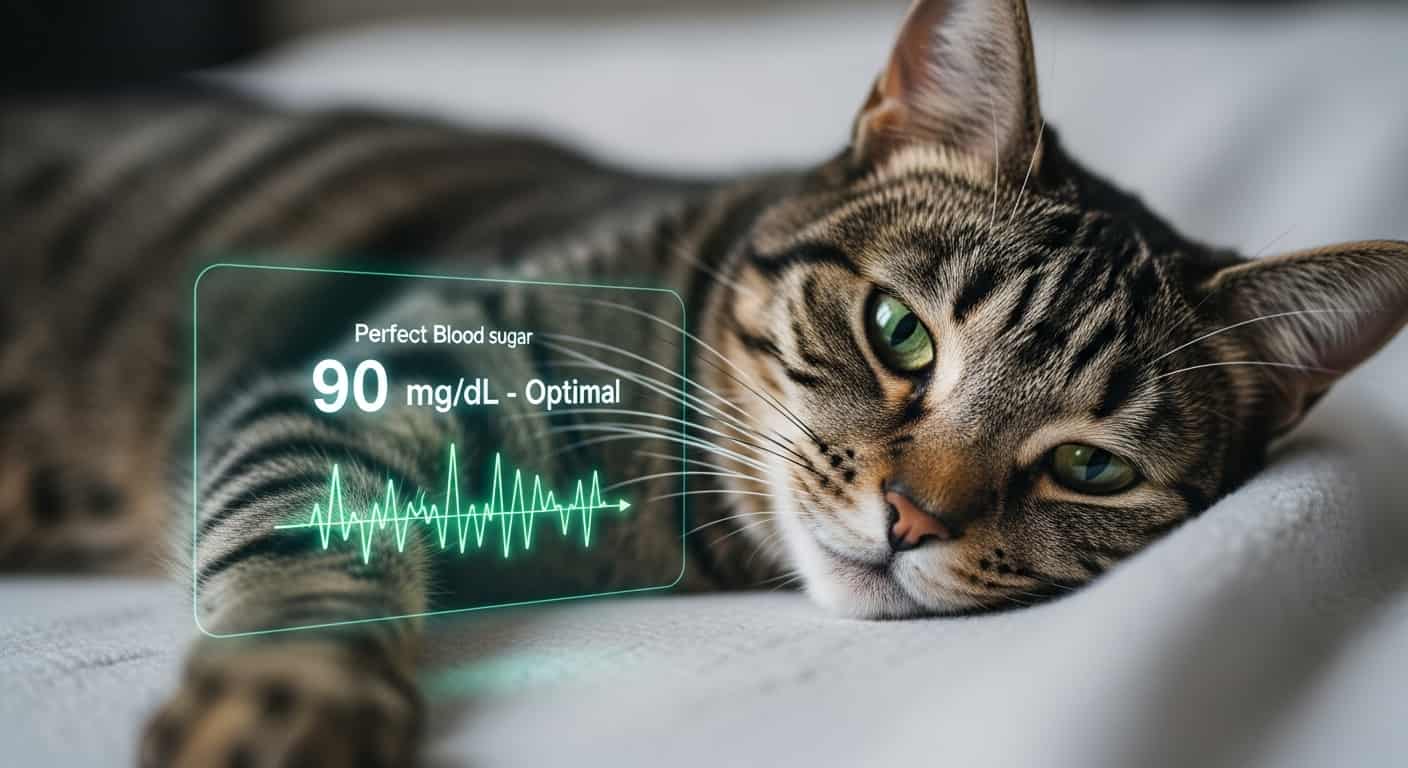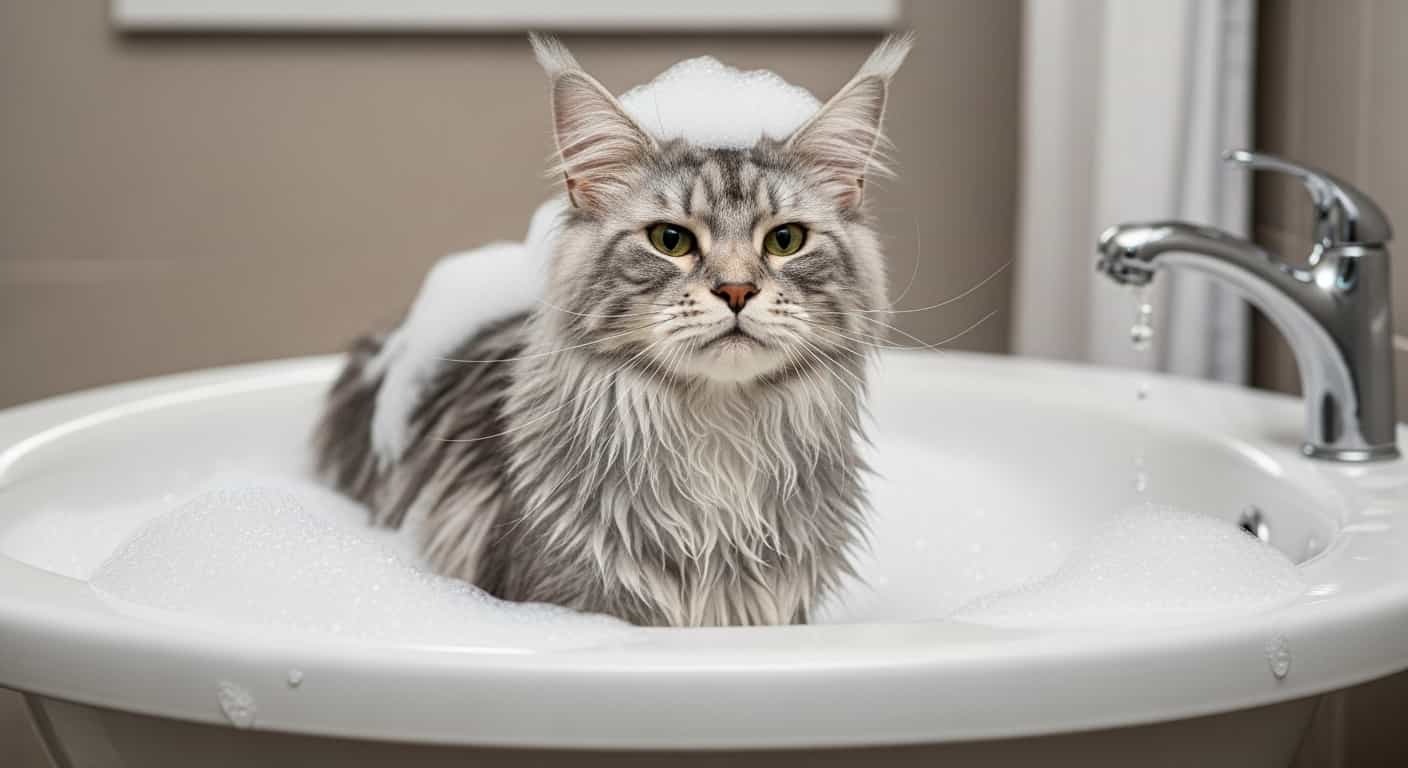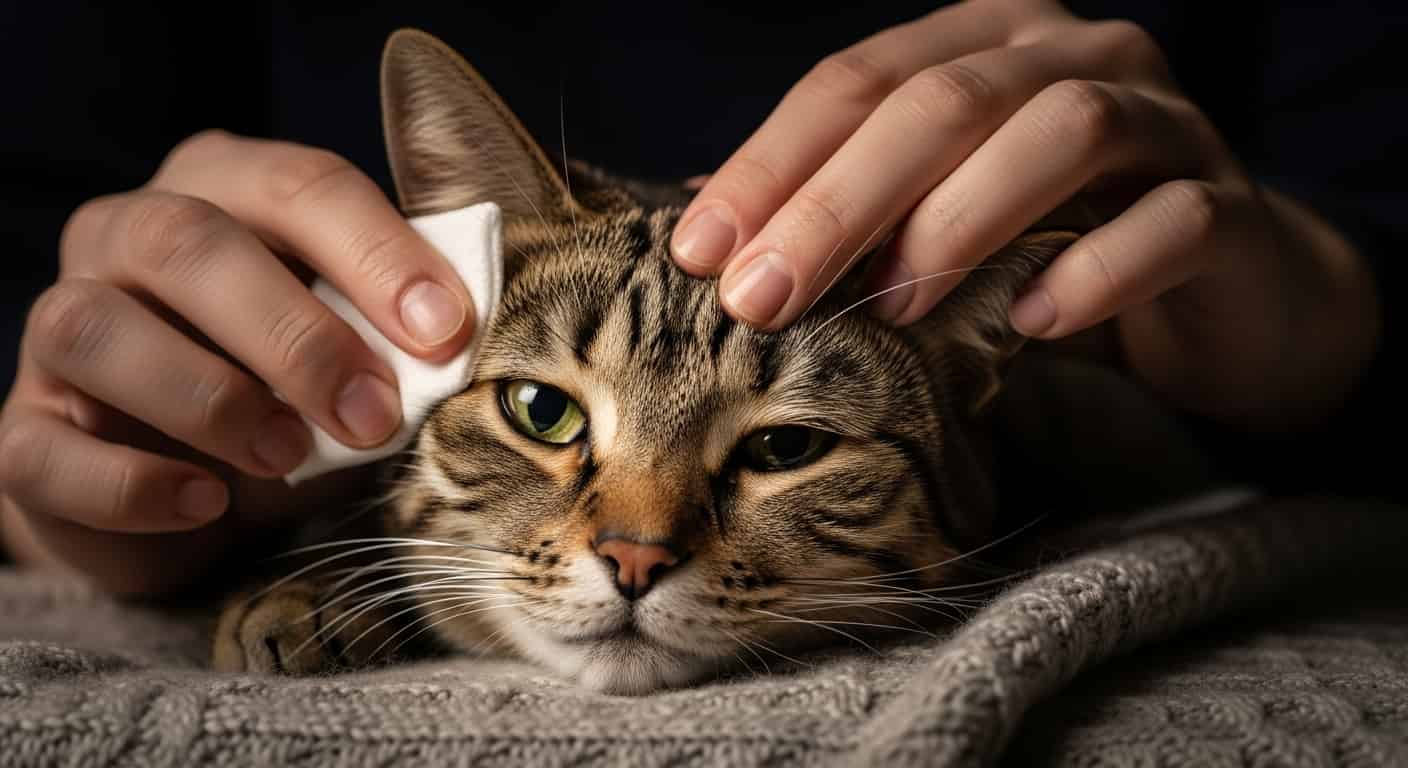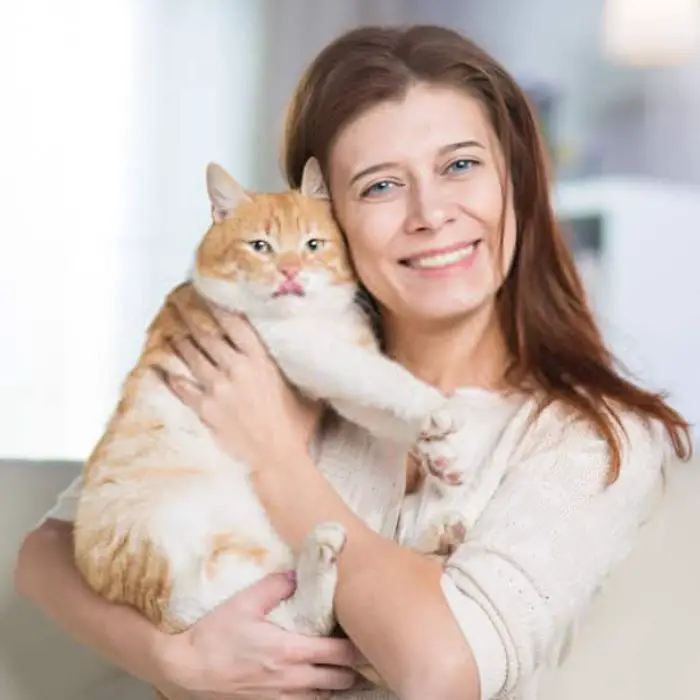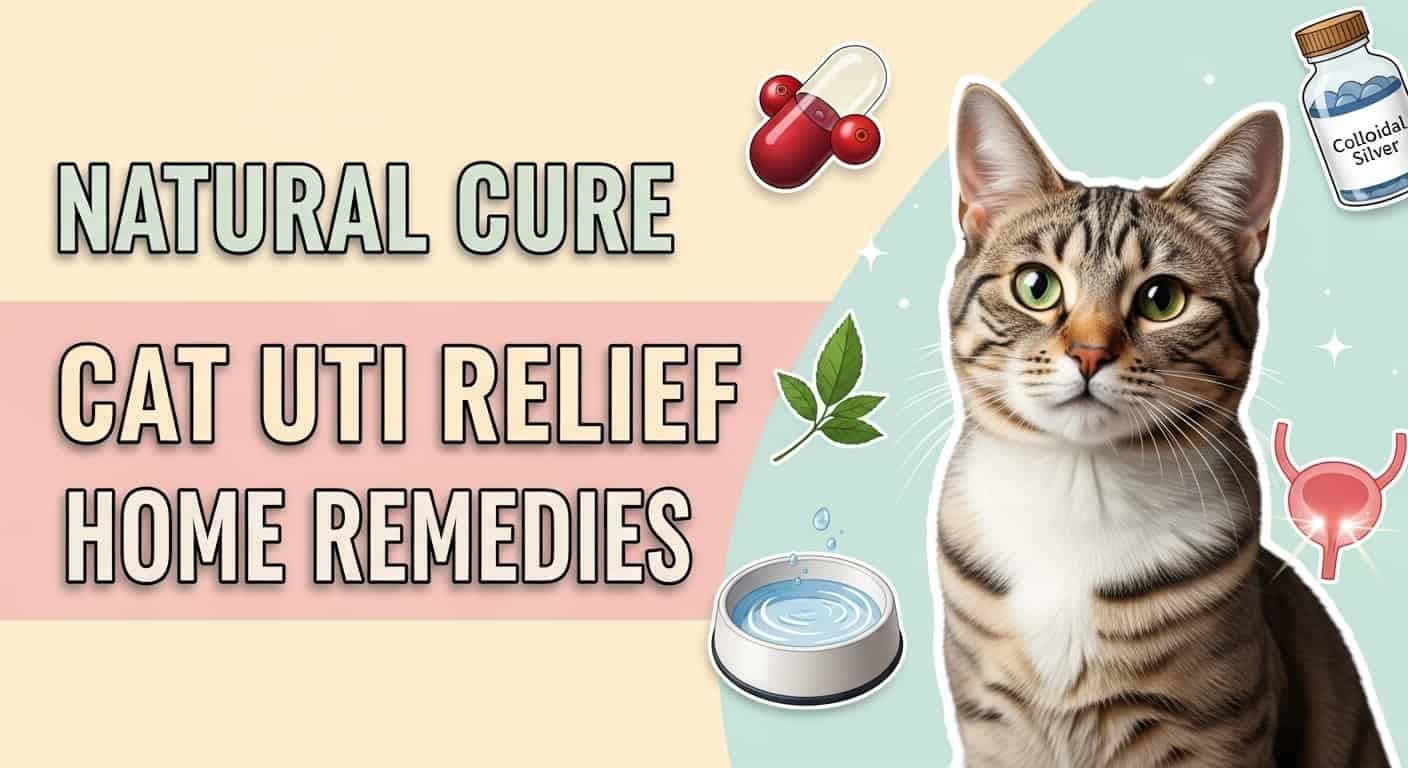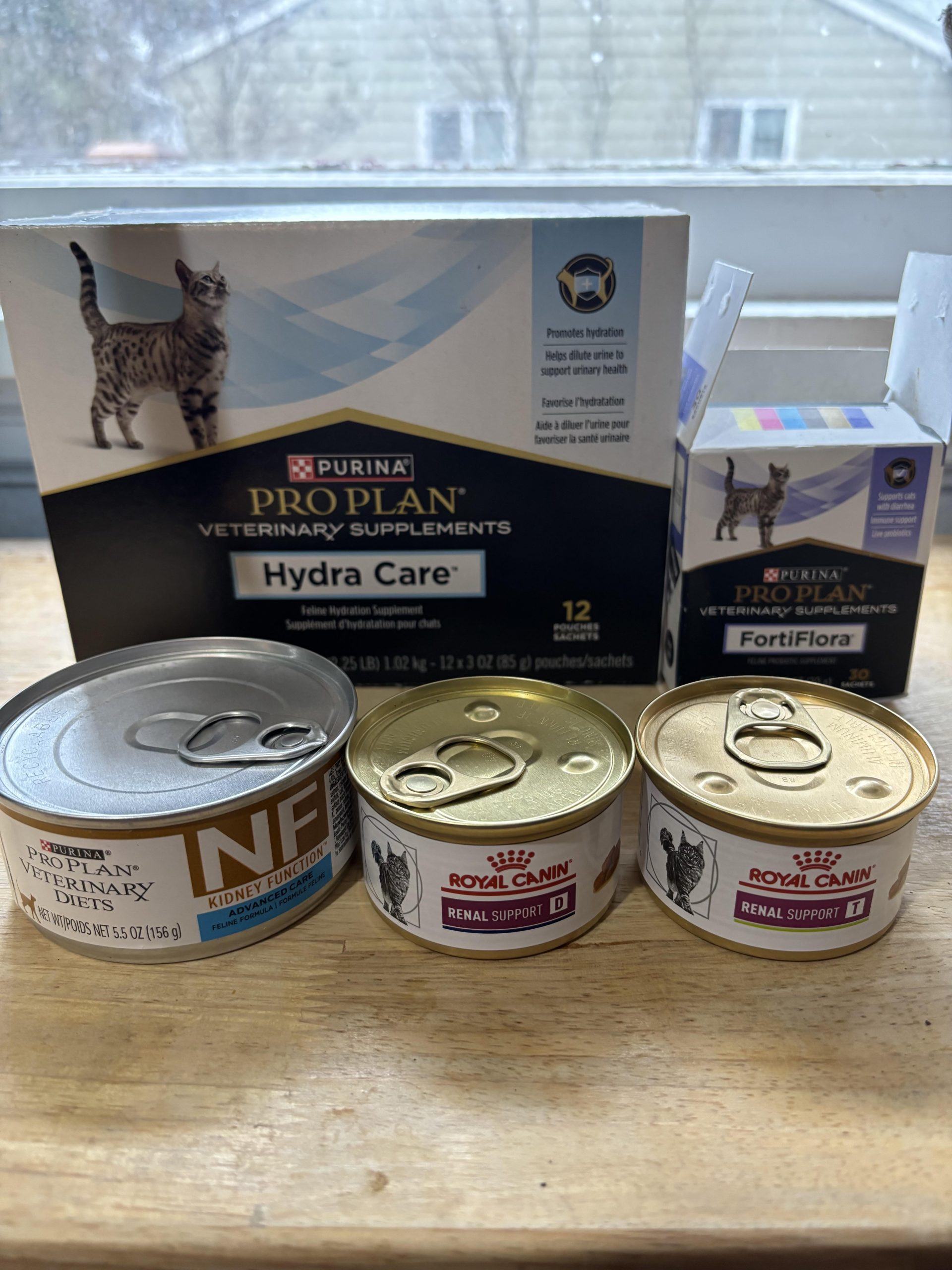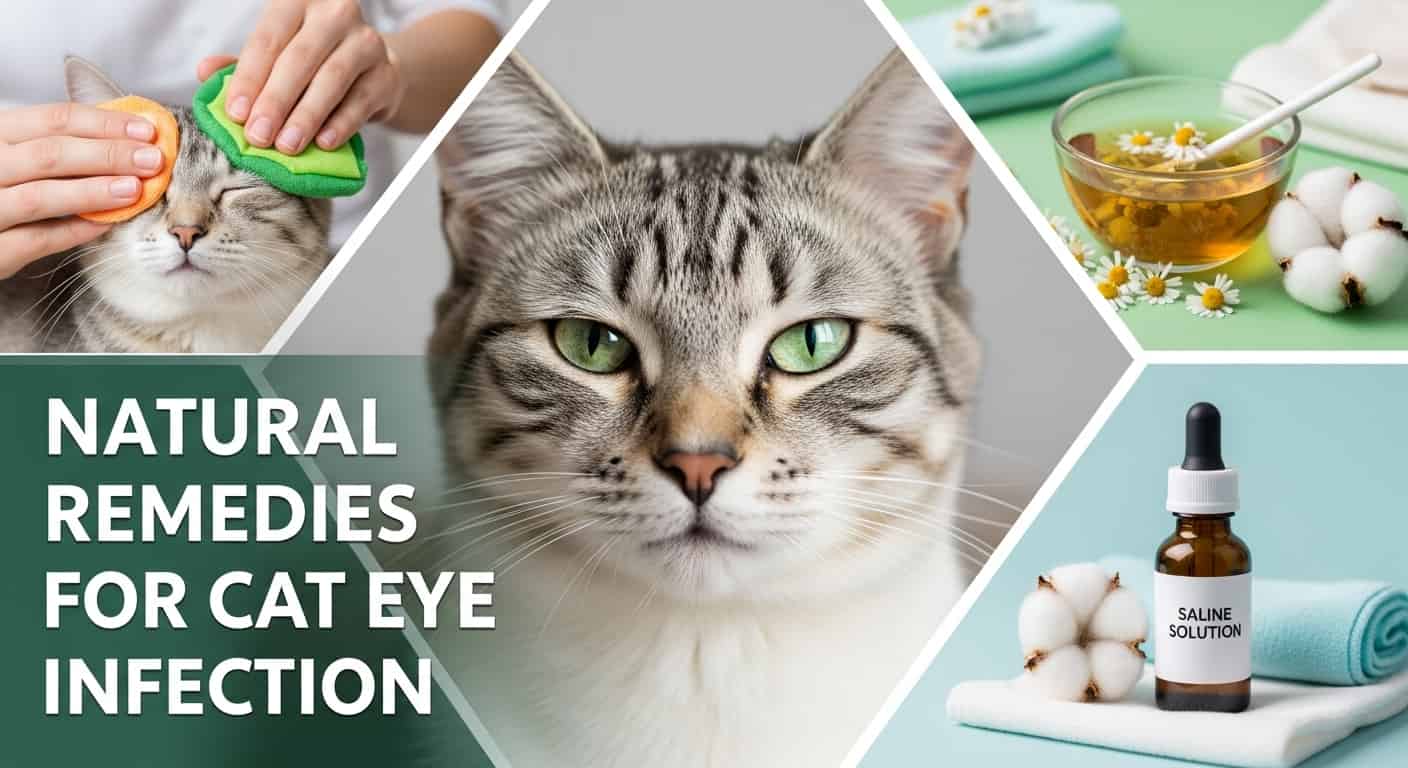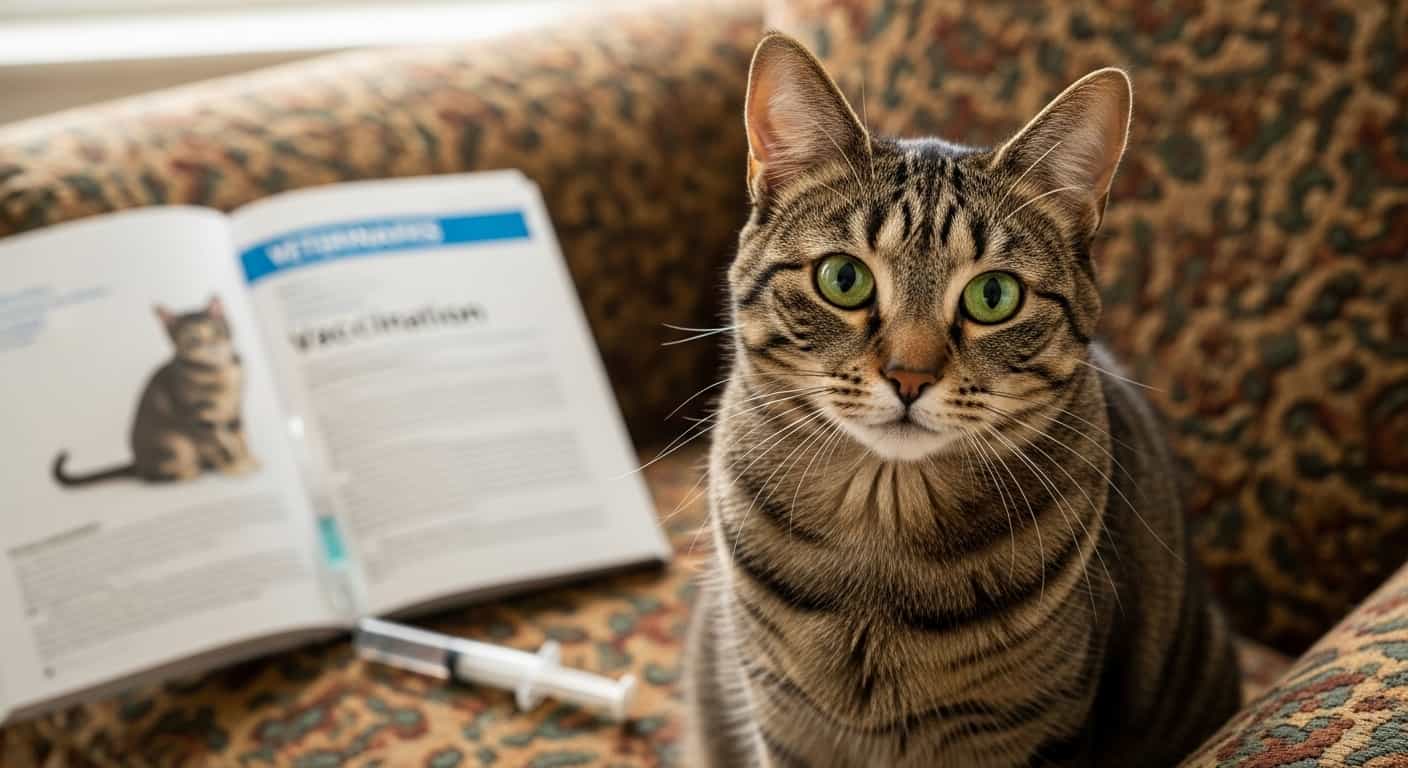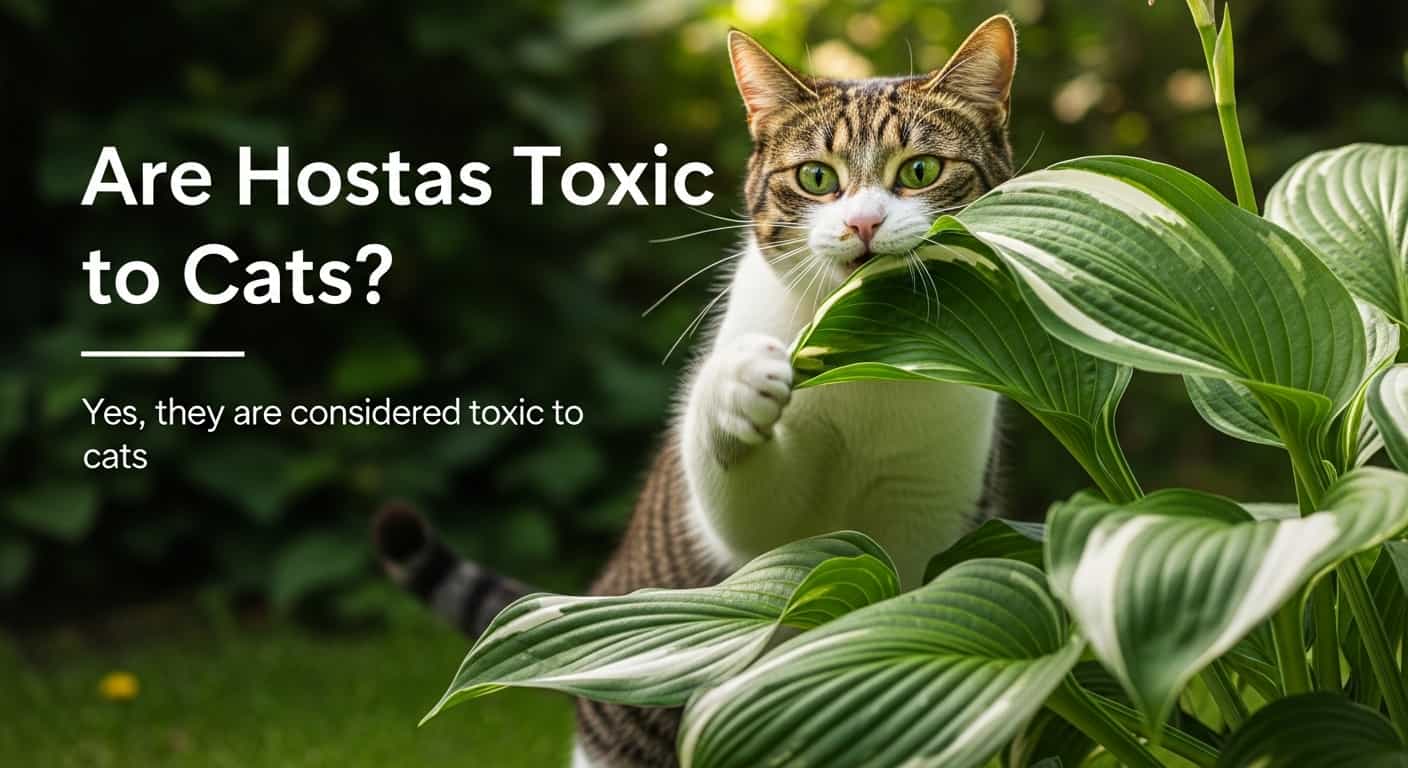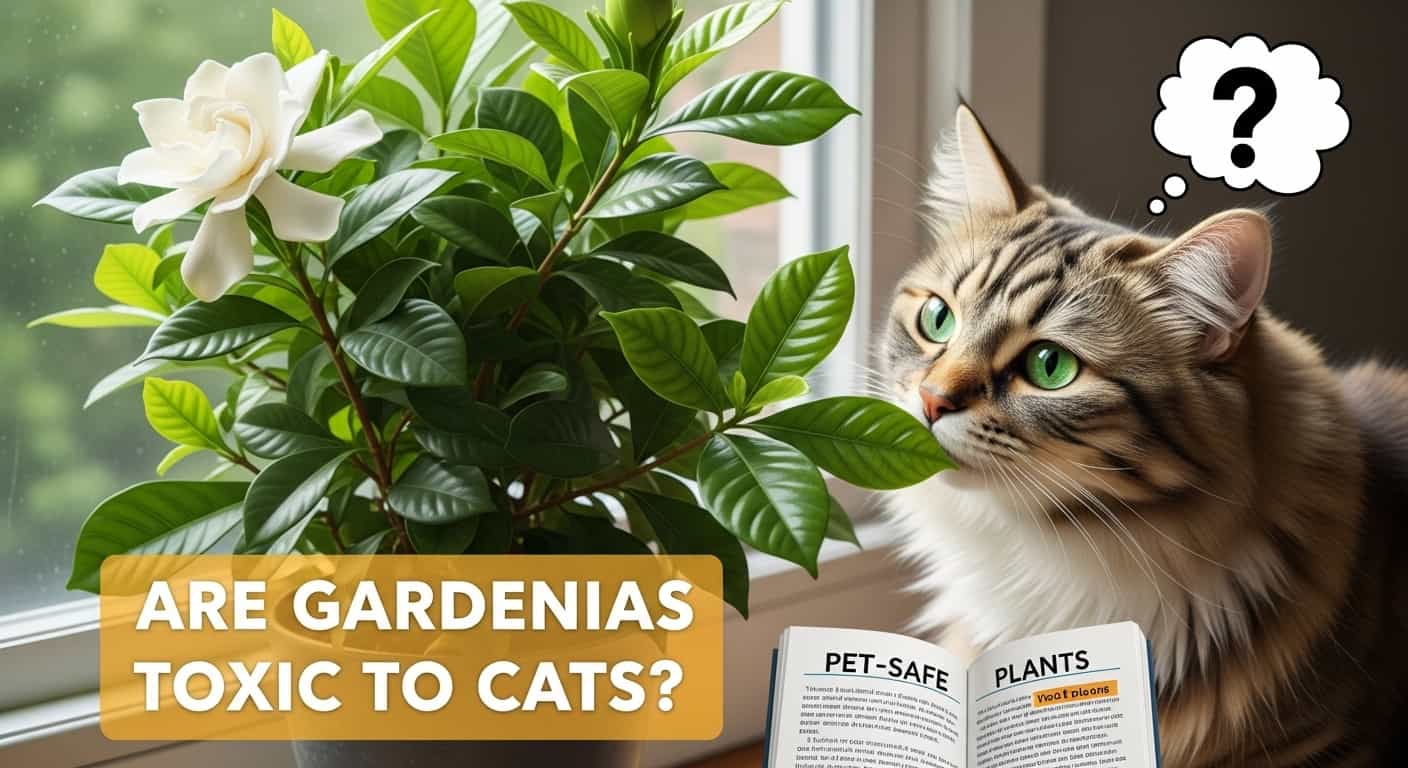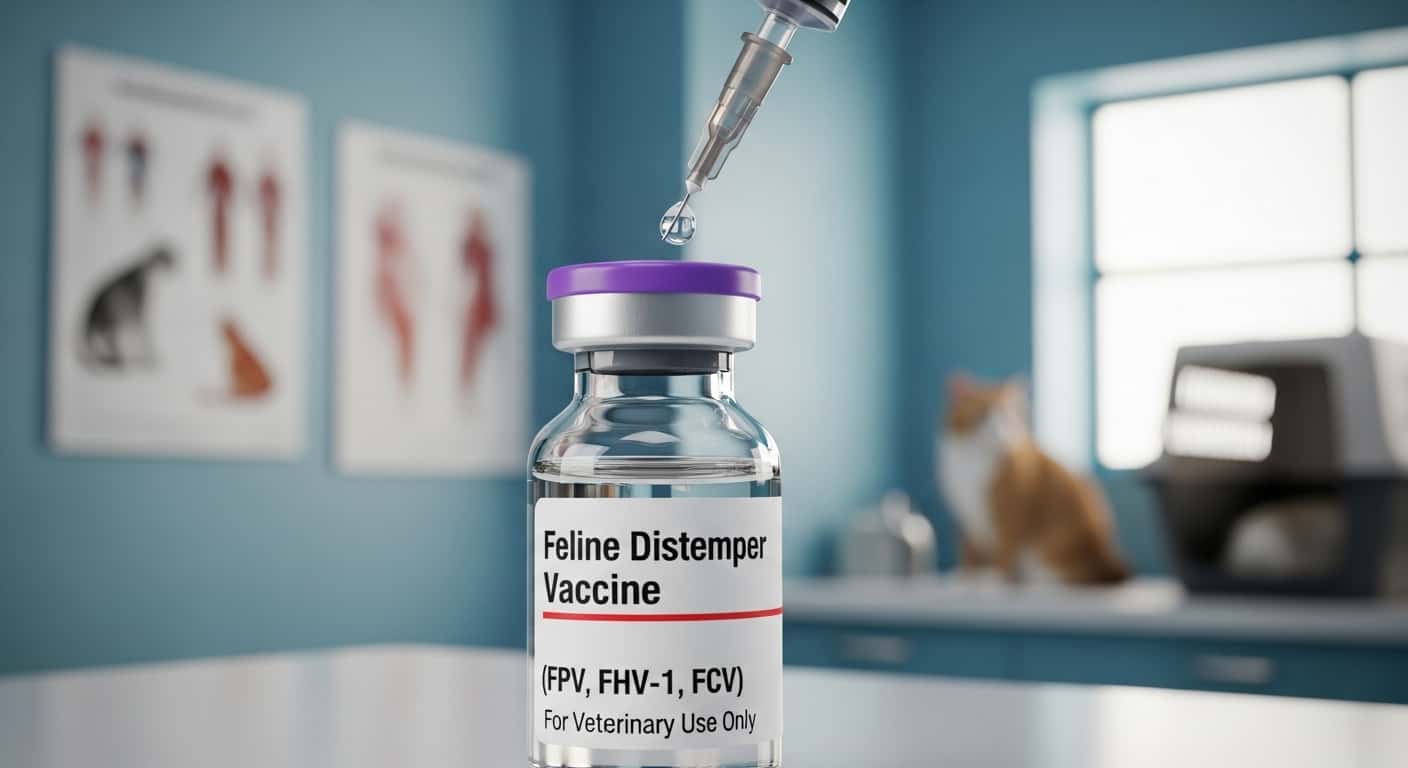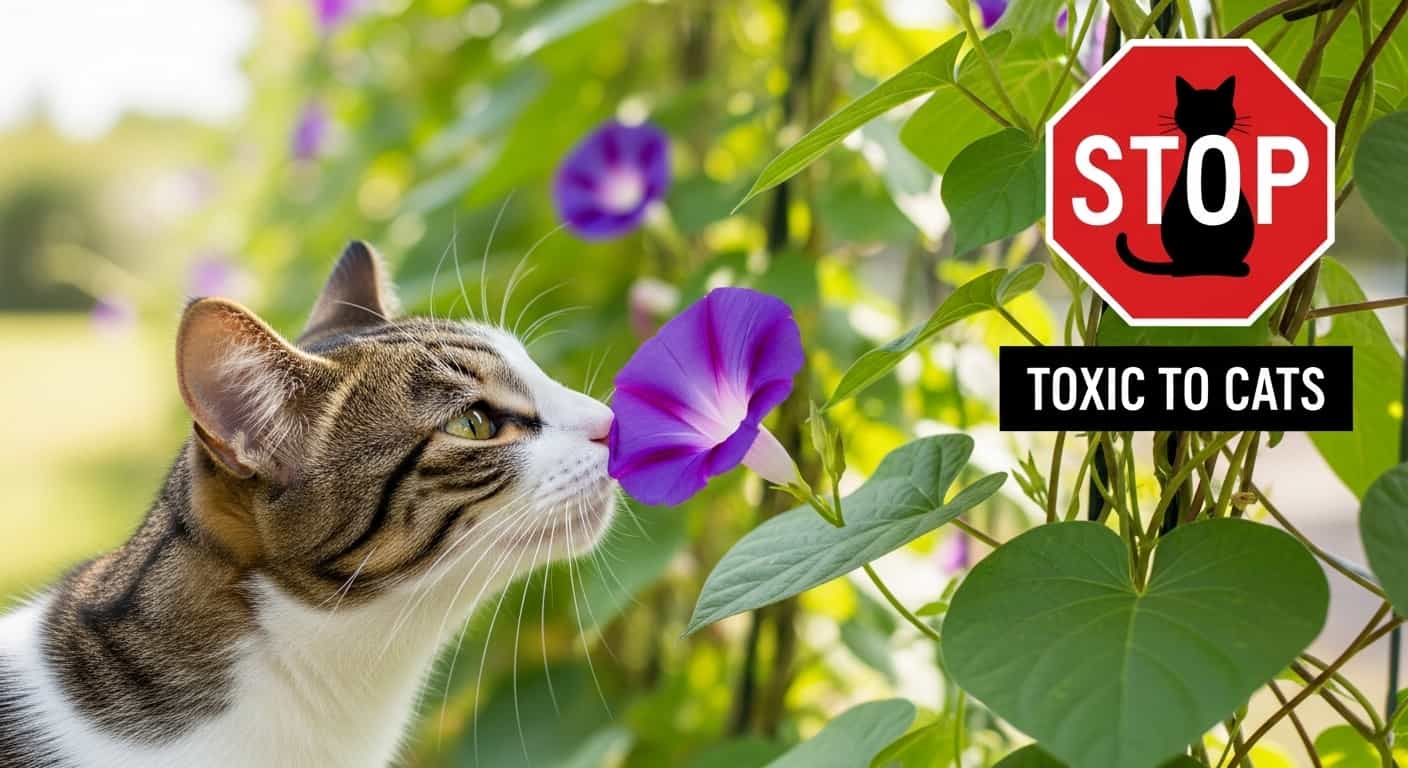Have you ever admired the vibrant leaves of a polka dot plant and thought about adding one to your home? These striking plants can brighten up any space with their colorful patterns.
Table of Contents
ToggleBut if you have a curious cat at home, it’s natural to wonder: Are polka dot plants toxic to your feline friend? Imagine a scenario where your cat, driven by its playful curiosity, decides to nibble on those colorful leaves.
Your mind races with worry about potential harm. This article will put your concerns to rest by exploring whether polka dot plants pose any danger to your beloved pet. Understanding this is crucial for maintaining a safe and joyful environment for both your plants and your furry companions. So, stay with us as we unravel the truth behind polka dot plants and their effects on cats.
Polka Dot Plant Overview
The Polka Dot Plant, also known as Hypoestes phyllostachya, is a colorful houseplant. Its vibrant leaves make it a popular choice for indoor gardening. With its unique patterns, it adds charm to any space. Yet, cat owners must know its potential risks.
Appearance And Characteristics
Polka Dot Plants have striking, dotted leaves. The most common colors are pink, red, and white. The plant’s leaves are oval-shaped and soft to the touch. It grows up to 12 inches tall. The plant thrives in bright, indirect light. It prefers warm, humid conditions. Regular watering keeps it healthy.
Common Varieties
There are several varieties of the Polka Dot Plant. ‘Splash’ series features large, colorful spots. ‘Pink Brocade’ has pink-speckled leaves. ‘Red Splash’ offers deep red markings. Each variety has its unique charm. These varieties are easy to care for. Their vibrant patterns attract many plant enthusiasts.

Credit: www.dreamalittlebigger.com
Cat Toxicity Concerns
Are polka dot plants toxic to cats? It’s a question many cat owners find themselves asking when they notice their feline friends exploring the garden or indoor plant arrangements. As a cat lover, the safety of your pet is paramount. Ensuring that your home is free from harmful plants can prevent a lot of heartache. Let’s delve into the concerns surrounding cat toxicity and what signs to watch for.
Here's a related post that you might find useful. Are Dried Flowers Toxic to Cats: A Must-Know Guide
Symptoms Of Plant Poisoning
When cats ingest toxic plants, they often exhibit noticeable symptoms. Look out for vomiting or diarrhea, which can indicate a reaction to something they’ve eaten. Excessive drooling is another sign that something is amiss. If your cat seems unusually lethargic or uncoordinated, it’s time to take action. Have you noticed your cat pawing at their mouth or struggling to swallow? These are critical signals that your feline may have encountered a toxic substance.
Emergency Steps For Cat Owners
In the event of suspected poisoning, immediate response is crucial. First, remove your cat from the area where the plant is located. Contact your veterinarian as soon as possible for professional advice. Keep your vet’s number handy for such emergencies. Have you considered creating an emergency kit for your pet? Include activated charcoal, which can be helpful in absorbing toxins. Always check with your vet before administering any substances.
As a fellow cat owner, I’ve had my share of plant mishaps. Once, my curious cat nibbled on a leaf, leading to a frantic vet visit. It taught me the importance of researching plants before bringing them home. Have you ever wondered if your home is truly cat-safe? Taking proactive measures can ensure a safe and happy environment for your furry friends.
Pet-safe Alternatives
Polka Dot Plants are popular for their vibrant leaves. But they can be toxic to cats. Pet owners must seek safer alternatives. Protect your furry friends with pet-safe plants. Explore options that enhance your space and keep your pets healthy.
Non-toxic Indoor Plants
Spider plants are a safe choice for homes with cats. They thrive indoors and are easy to care for. Boston ferns add lush greenery to any room. They pose no threat to curious cats. Bamboo palms purify air without harming pets. Their tropical vibe suits any decor.
Areca palms are another safe option. They require little maintenance and are pet-friendly. Choose African violets for colorful blooms. They are safe and brighten up spaces.
Here's a related post that you might find useful. Are Coleus Plants Poisonous to Cats? Essential Safety Facts for Pet Owners
Creating A Cat-friendly Environment
Design spaces that cater to your cats’ natural instincts. Place climbing shelves around your home. Provide cozy spots with soft beds. Cats love to perch and watch the world.
Add scratching posts to protect furniture. Set up interactive toys to keep them entertained. Opt for enclosed litter boxes for privacy.
Arrange plants to ensure they are out of reach. Secure them on high shelves or hang them. This prevents playful paws from causing harm.
Preventive Measures
Preventive measures are essential to ensure the safety of your feline friends when you have polka dot plants in your home. These vibrant plants, while appealing, can pose risks if not handled with care. Cats, with their natural curiosity, may find them intriguing, making it vital to implement strategies that safeguard their health.
Placement And Accessibility
Strategic placement of your polka dot plants can be a game-changer. Consider placing them in areas that are less accessible to your cats. High shelves or hanging planters can keep the plants out of your cat’s reach. This simple adjustment keeps your plants safe and your cats healthy.
Think about the rooms your cat frequents most. If the living room is a favorite spot, ensure plants are placed where curious paws can’t easily reach them. Sometimes, a new arrangement of furniture can discourage cats from accessing plants. Have you tried using a deterrent spray on plant pots? It may not be foolproof, but it’s an extra layer of protection.
Training Cats To Avoid Plants
Training your cat to steer clear of plants is another proactive step. Cats can learn boundaries, just like they do with other household rules. Use positive reinforcement to encourage your cat to leave plants alone. Whenever your cat ignores the plant, reward them with a treat or a bit of catnip.
Creating a dedicated space for your cat with engaging toys can divert their attention from the plants. A play area with scratching posts or interactive toys might become a preferred hangout, away from the polka dot plants. Have you considered using motion-activated devices near your plants? They can startle your cat, making them think twice about approaching.
As a cat owner, what unique strategy have you tried to keep your plants safe? Sharing insights can help others facing similar challenges. Implementing preventive measures can transform your home into a harmonious space for both your plants and your beloved cats.
Expert Insights
Polka Dot Plants, with their vibrant hues, add beauty to homes. Cat owners often worry about plant toxicity. Understanding expert opinions can ease these concerns. Experts provide valuable insights into plant safety. Let’s explore their advice.
Veterinarian Advice
Veterinarians emphasize the importance of pet safety. Polka Dot Plants are generally non-toxic to cats. Cats may experience mild reactions if ingested. Symptoms include drooling or mild stomach upset. In such cases, consult a vet promptly. Regular checks ensure your pet’s health. Keep an eye on unusual behavior in cats.
Botanist Perspectives
Botanists provide insights into plant compounds. Polka Dot Plants contain non-toxic sap. The sap is unlikely to harm cats. Cats might chew leaves out of curiosity. This usually leads to minor issues. Plant care also plays a role in safety. Ensure plants are free from harmful chemicals. Regularly clean leaves to prevent residue buildup.
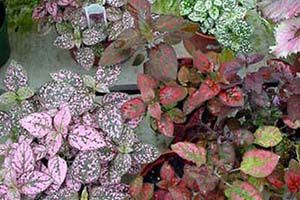
Credit: www.aspca.org
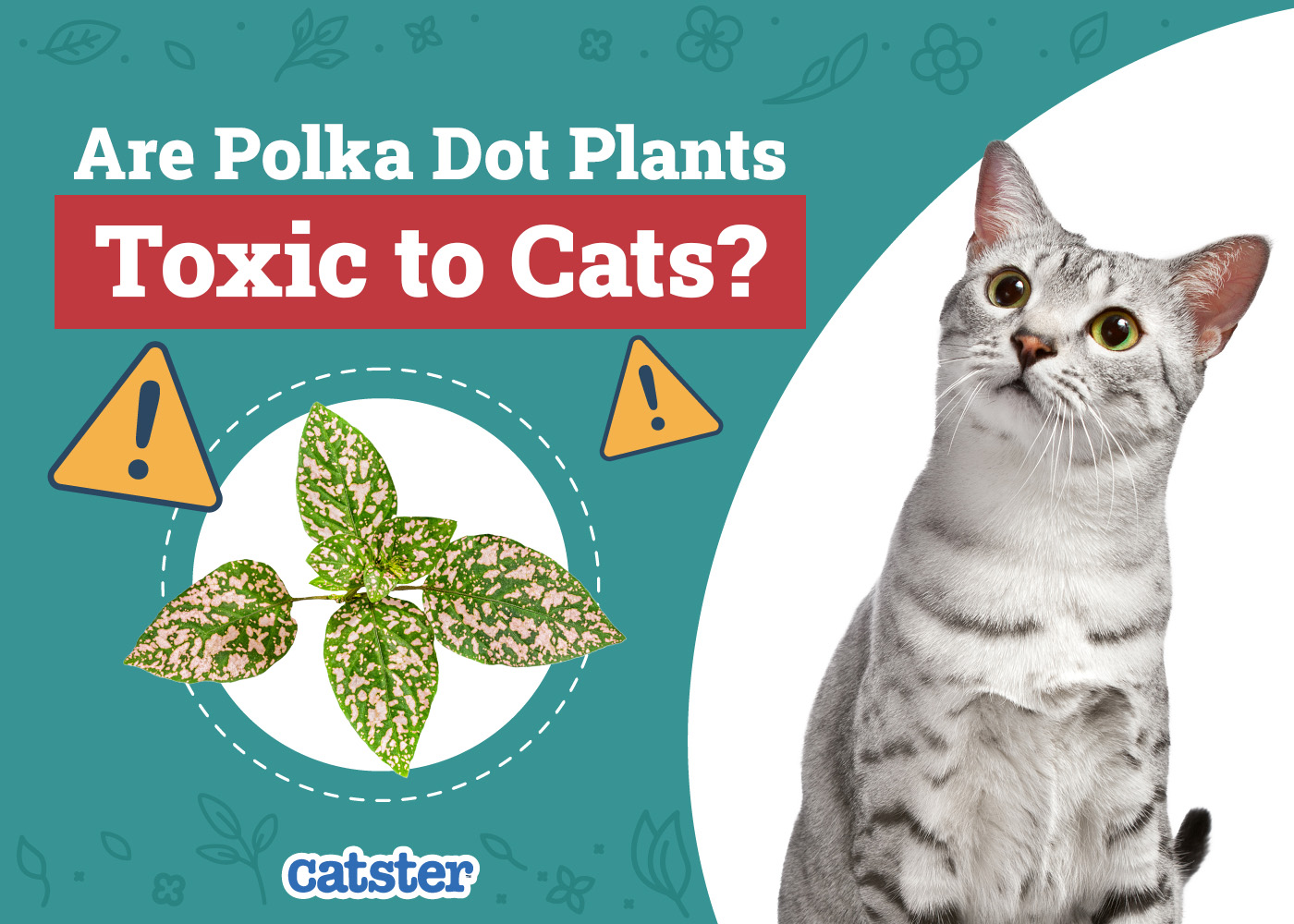
Credit: www.catster.com
Frequently Asked Questions
Are Polka Dot Plants Safe For Cats?
Polka dot plants are considered non-toxic to cats. However, ingestion may cause mild digestive upset. It’s best to keep them out of reach. Always consult your vet if your cat shows signs of distress.
What Happens If A Cat Eats Polka Dot Plants?
If a cat eats polka dot plants, it may experience mild stomach upset. Symptoms can include vomiting or diarrhea. These effects are usually temporary. Consult your vet if symptoms persist or worsen.
Can Polka Dot Plants Cause Allergies In Cats?
Polka dot plants are not known to cause allergies in cats. However, individual reactions may vary. Monitor your cat for any unusual symptoms. If you notice any, consult your veterinarian promptly.
How To Prevent Cats From Eating Houseplants?
To prevent cats from eating houseplants, keep plants out of reach. Use deterrent sprays or cover the soil with stones. Provide cat-safe plants or toys as an alternative. This will help distract your cat from munching on houseplants.
Conclusion
Polka dot plants are beautiful, but keep them away from cats. These plants can cause harm if ingested by your feline friend. Cats are curious and may nibble on leaves. Always ensure your home is a safe space for them.
Consider placing such plants out of reach. Or, choose cat-friendly alternatives. Keeping an eye on your pet’s environment helps maintain their health. Consult a vet if you suspect your cat has eaten a toxic plant. Your pet’s safety is worth the extra care and attention.
Happy and healthy cats are a joy to have around!


